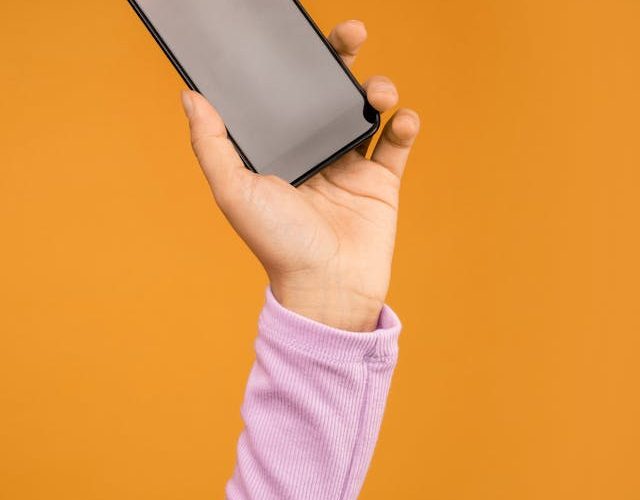In the age of lightning-fast communication and seamless connectivity, it’s easy to forget the humble beginnings of the device that revolutionized the way we interact with the world – the cellular phone. From its bulky, brick-like predecessors to the sleek, pocket-sized powerhouses of today, the cellular phone has undergone a remarkable evolution, shaping the way we live, work, and communicate. Join us on a journey through time as we explore the fascinating history and evolution of the cellular phone.
The Dawn of Mobility: From Car Phones to Portable Devices
The story of the cellular phone begins in the mid-20th century when engineers and inventors first conceptualized the idea of wireless communication. Early experiments with mobile telephony were cumbersome, with devices confined to vehicles due to their large size and limited battery life. These early “car phones” paved the way for the development of more portable devices, but it wasn’t until the 1980s that the modern cellular phone as we know it began to take shape.
The Brick Era: From Motorola to Nokia
The 1980s saw the emergence of the first truly portable cellular phones, albeit with designs that were far from sleek. Devices like the Motorola DynaTAC 8000X, affectionately known as “the brick,” captured the public’s imagination with their ability to make calls on the go. However, these early cellular phones were expensive, bulky, and limited in functionality, primarily serving as status symbols for the wealthy and powerful.
As technology advanced, cellular phones became more affordable and accessible to the masses. Companies like Nokia rose to prominence with iconic devices like the Nokia 3310, which became synonymous with durability and reliability. The 1990s marked the beginning of the mobile phone revolution, as increasingly compact and feature-rich devices flooded the market, enabling users to do more than just make calls.
The Smartphone Revolution: A New Era of Connectivity
The early 2000s witnessed a seismic shift in the cellular phone landscape with the introduction of the smartphone. Devices like the BlackBerry and the Palm Pilot brought email, internet browsing, and productivity tools to the palm of your hand, transforming the cellular phone into a multifunctional device that could handle everything from communication to entertainment and beyond.
However, it was the arrival of the iPhone in 2007 that truly revolutionized the industry, setting a new standard for what a cellular phone could be. With its sleek design, intuitive touchscreen interface, and app ecosystem, the iPhone redefined the way we interacted with our devices, sparking a wave of innovation and competition that continues to this day.
The Future of the Cellular Phone: Where Do We Go From Here?
As we look to the future, the cellular phone shows no signs of slowing down. Advances in technology continue to push the boundaries of what’s possible, with features like 5G connectivity, augmented reality, and artificial intelligence poised to reshape the way we use our devices.
